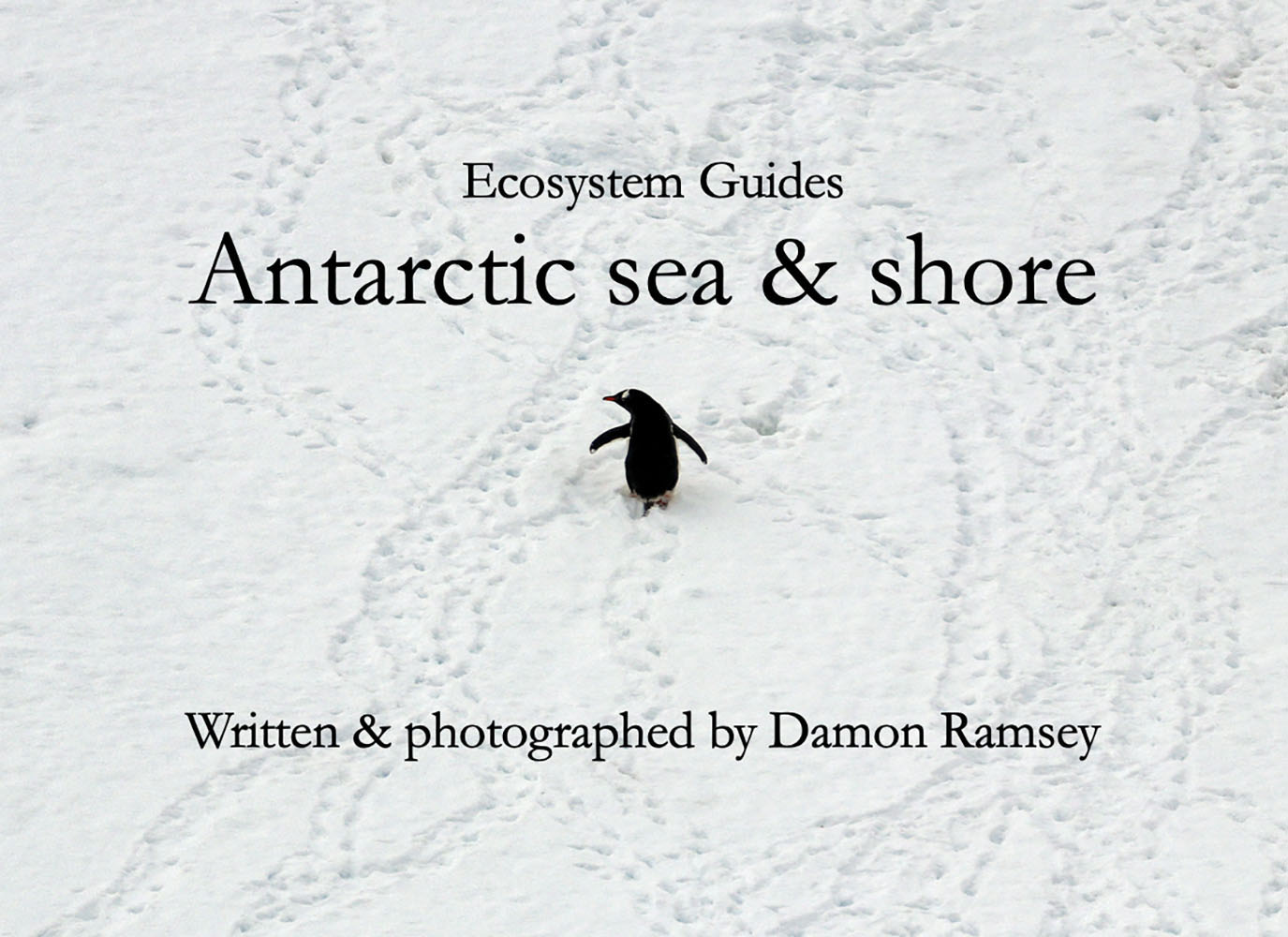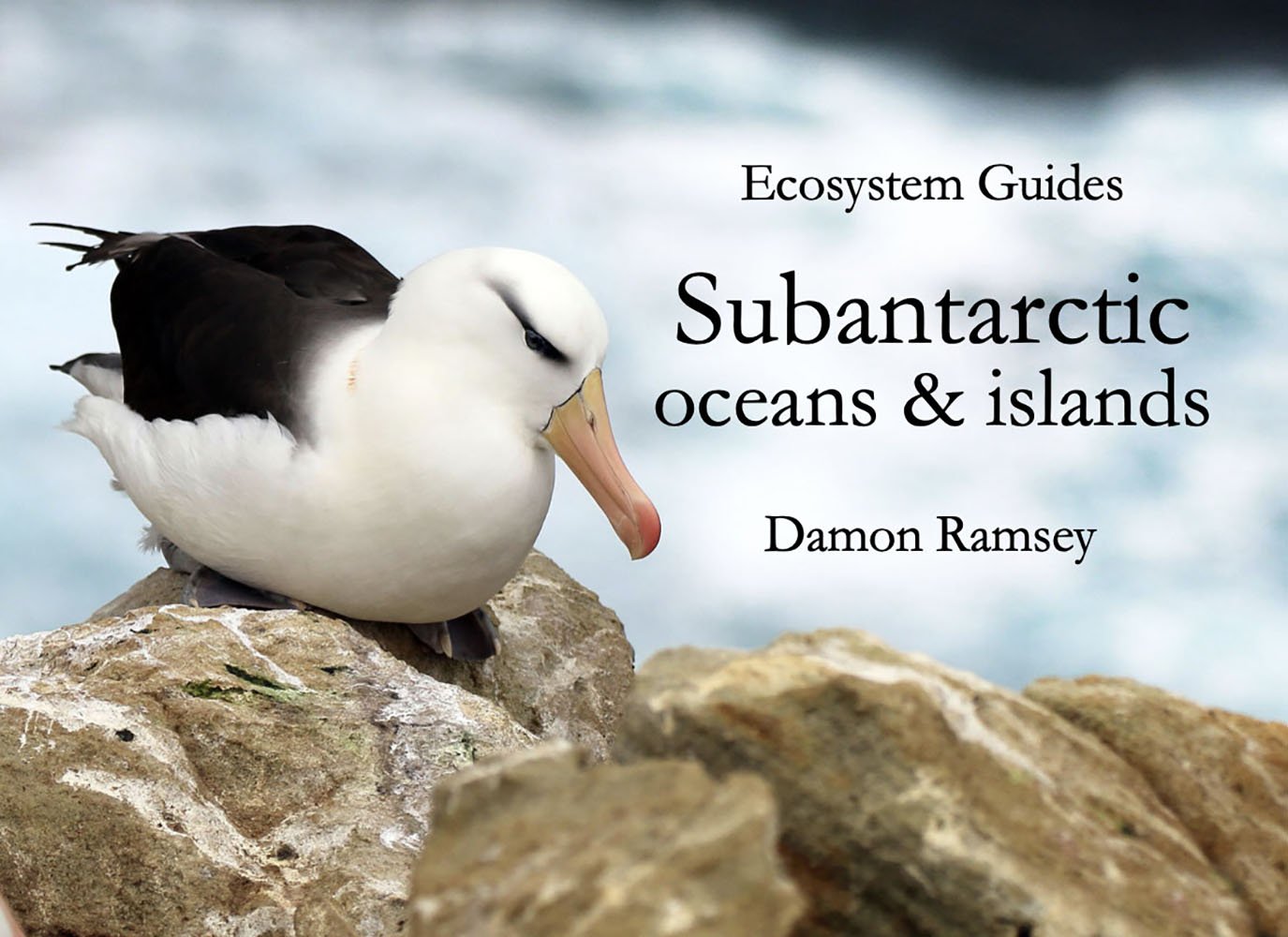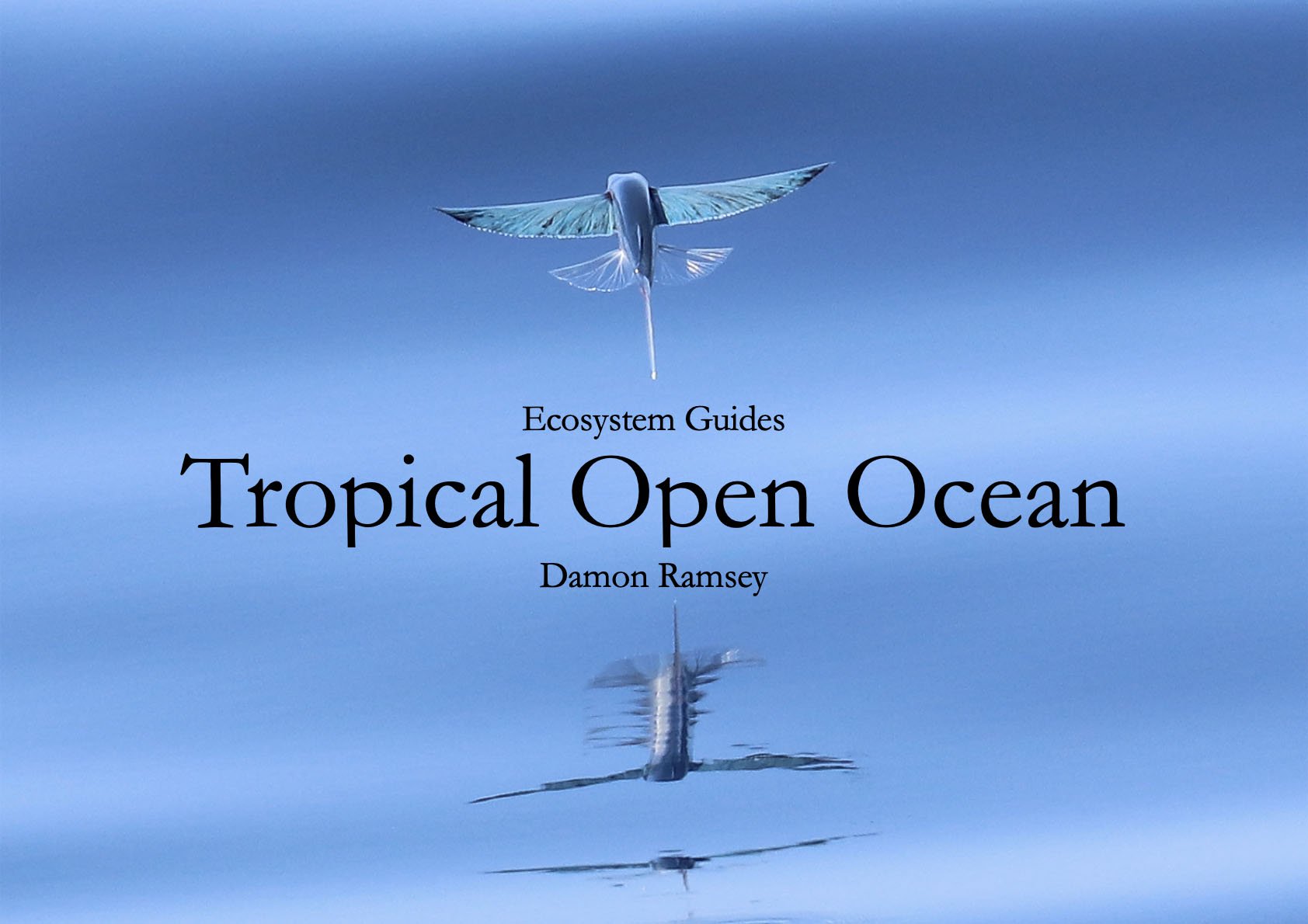ecosystem-guides.com
....exploring the planet's ecosystems
MADAGASCAN
Lowland Tropical Rainforest
The lowland tropical rainforest of coastal Madagascar has lots of exciting endemic species to find...
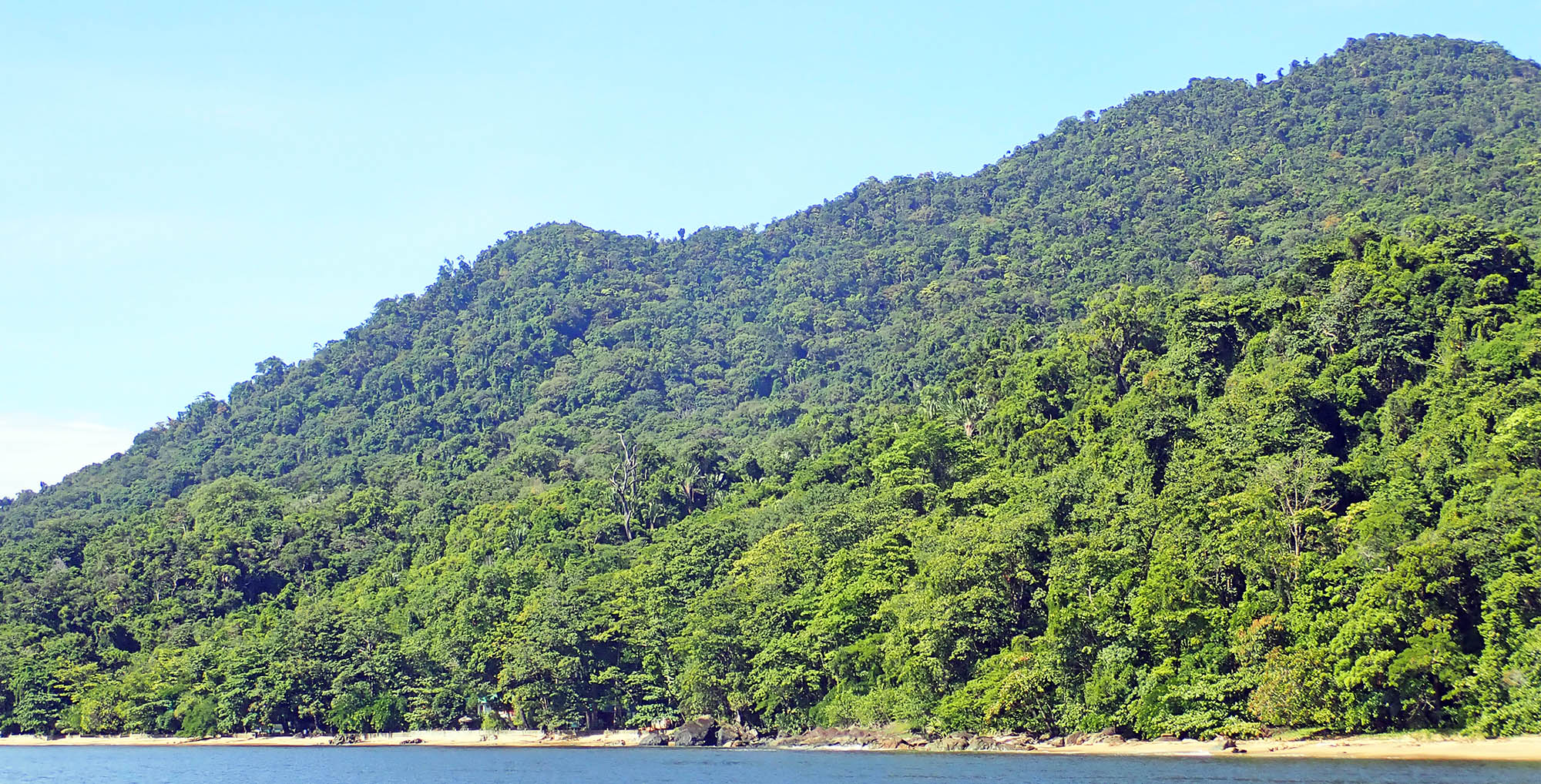 (Rainforest along coast at Masoala National Park, Madagascar)
(Rainforest along coast at Masoala National Park, Madagascar)A large percentage of plants found in Madagascar are endemic; they are found nowhere else on the planet. However, there are also some more widespread species in the humid lowlands, such as Pothos scandens (below), which has a wide distribution through tropical Asia and Indo-Pacific islands, including Madagascar.
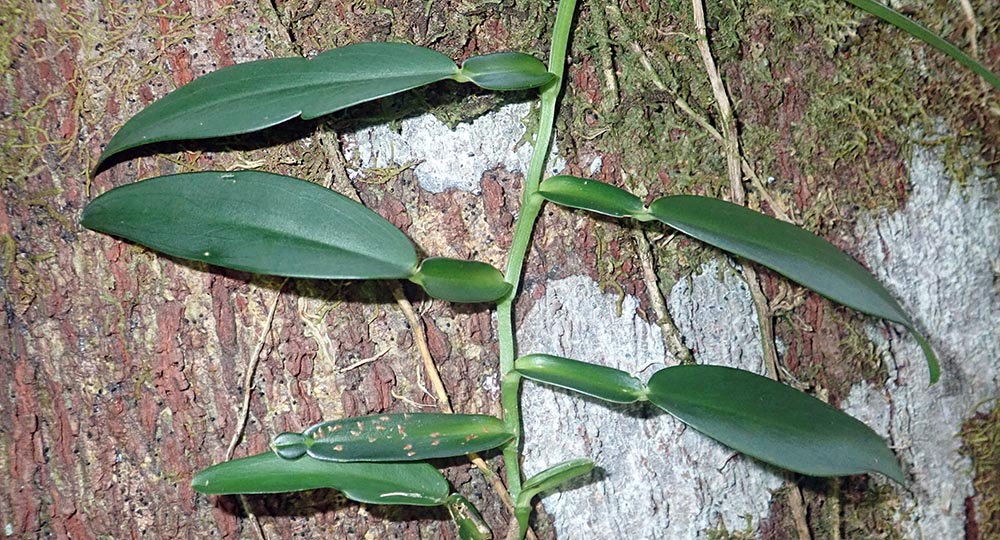 (Masoala, Madagascar)
(Masoala, Madagascar)There are about 20 species of Raffia Palm. One species is found in the Neotropics, with the rest native to Africa and Madagascar. They flower and fruit once in their lives, and then die. The fibre from the leaves is commonly used for a natural rope. Raphia farinifera (below) is native to Africa and naturalised in Madagascar.
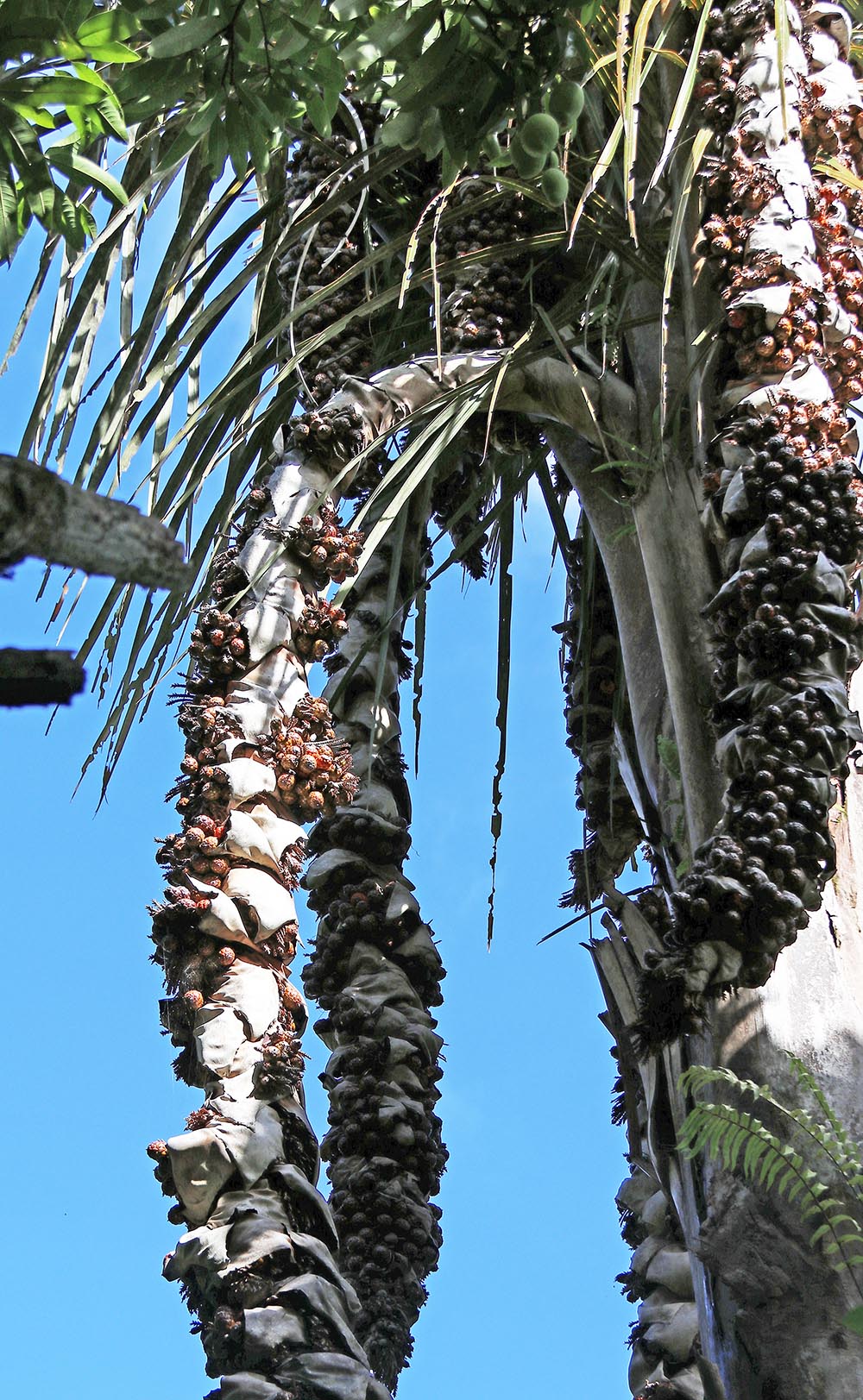 (Nosy Boraha/Sainte-Marie Madagascar)
(Nosy Boraha/Sainte-Marie Madagascar)The genus Ficus contains over 850 species of 'Fig' found throughout the tropics and warmer parts of the world, and are particularly diverse in tropical rainforests, including Madagascar. The species below is perhaps Ficus botryoides: this species has been observed 'fruiting' in massive lumps (as pictured below, in background), and is endemic to the forests of Madagascar.
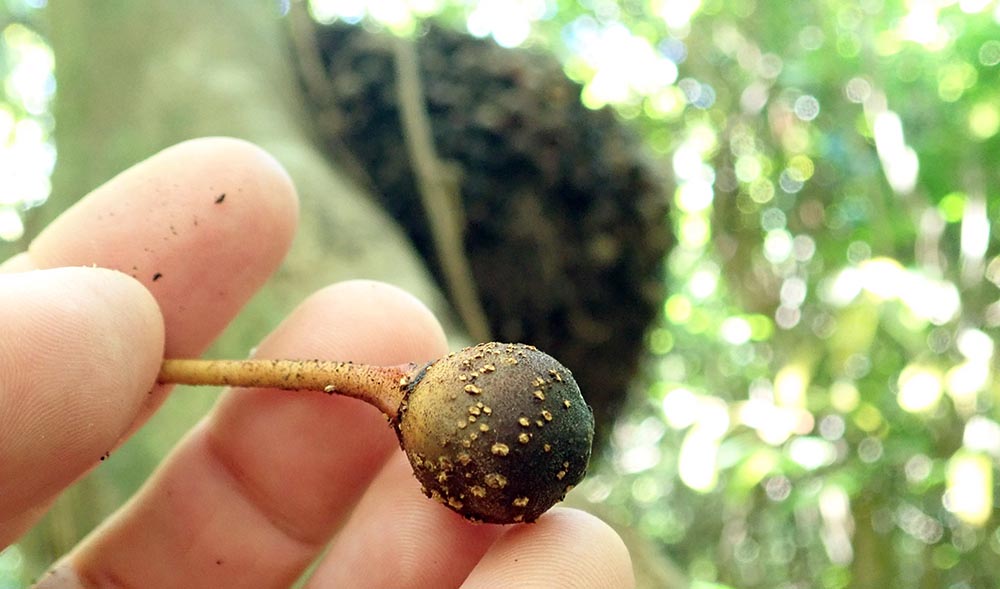 (Masoala, Madagascar)
(Masoala, Madagascar)Many of the smaller and lighter species of animals, such as insects and spiders, are more widespread on the south-west Indian Ocean islands and African mainland. An example is the ''Redleg OrbWeaver', Trichonephila inaurata, the most commonly seen large spider of Madagascar.
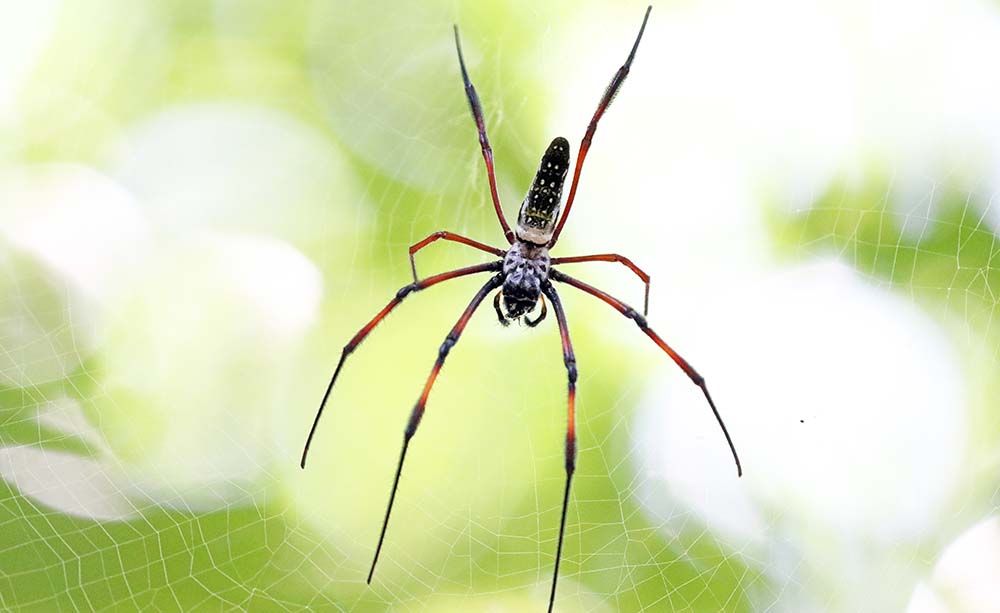 (Masoala)
(Masoala)The genus Boophis contains the 'Skeleton Frogs' or 'Bright-eyed Frogs'. There are at least 80 species in this genus, and it has been claimed that several new species are being discovered every single year. They are all endemic to Madagascar and surrounding islands. Many species have evolved parallel or convergent features with the Hylidae and Rhacophoridae 'Tree Frogs' in other parts of the tropics, including large eyes, long hindlimbs and toe pads.
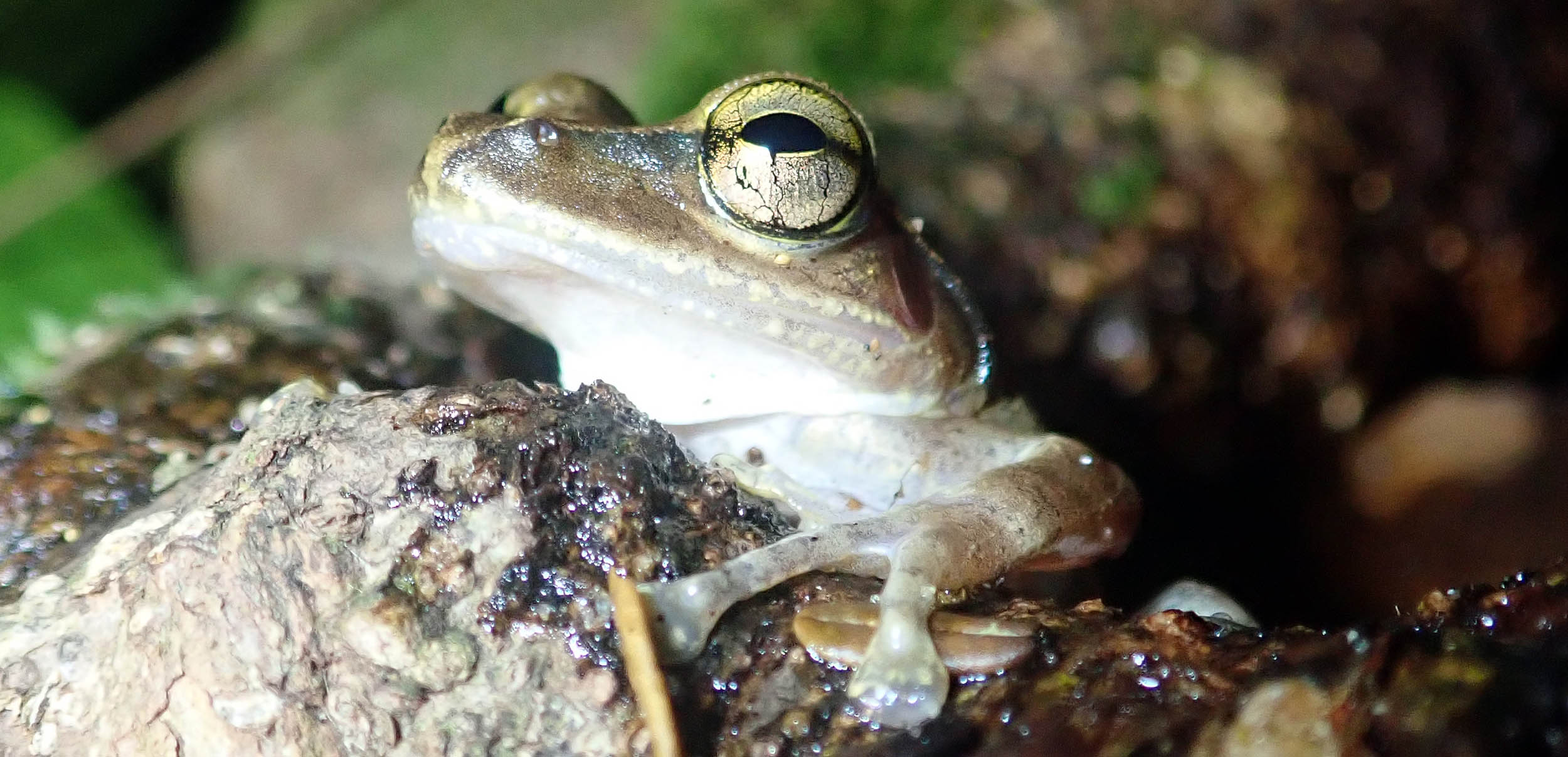 Boophis Frog (Masoala, Madagascar)
Boophis Frog (Masoala, Madagascar)There are not just large amd colourful chameleons, there are also tiny camouflaged ones. The genus Brookesia contains the 'Leaf Chameleons', tiny chameleons that live in the leaf litter of the rainforest.
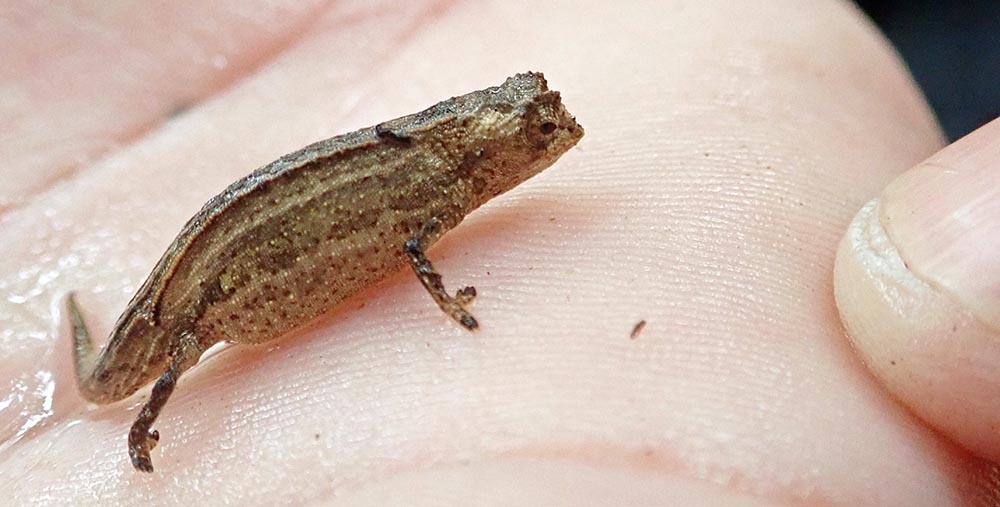
There are other endemic rich groups of reptiles here, such as the family Gekkonidae. The genus Uroplatus contains the 'Flat-tailed Geckos' or 'Madagascan Leaf-tailed Geckos'. They are all endemic to the forests of Madagascar. There are more species than previously thought; some can only be distinguished in the field by the colour and patterns in their large eyeballs.
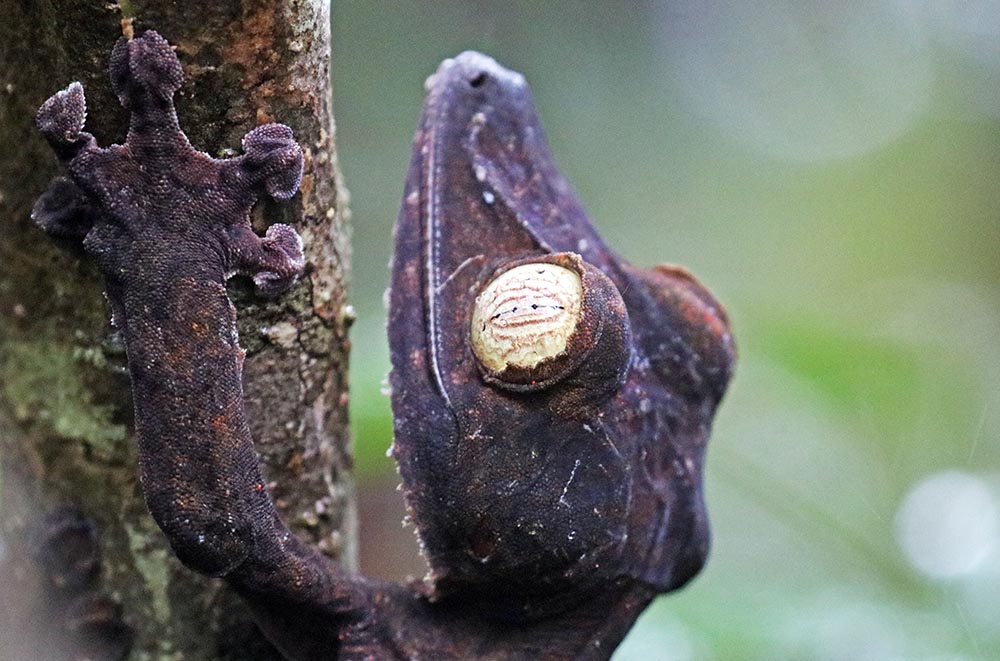
One of the areas where the endemism of Madagascar is very obvious is with the birds. There are some entire groups that are endemic to the island, such as the 'Ground Rollers'.
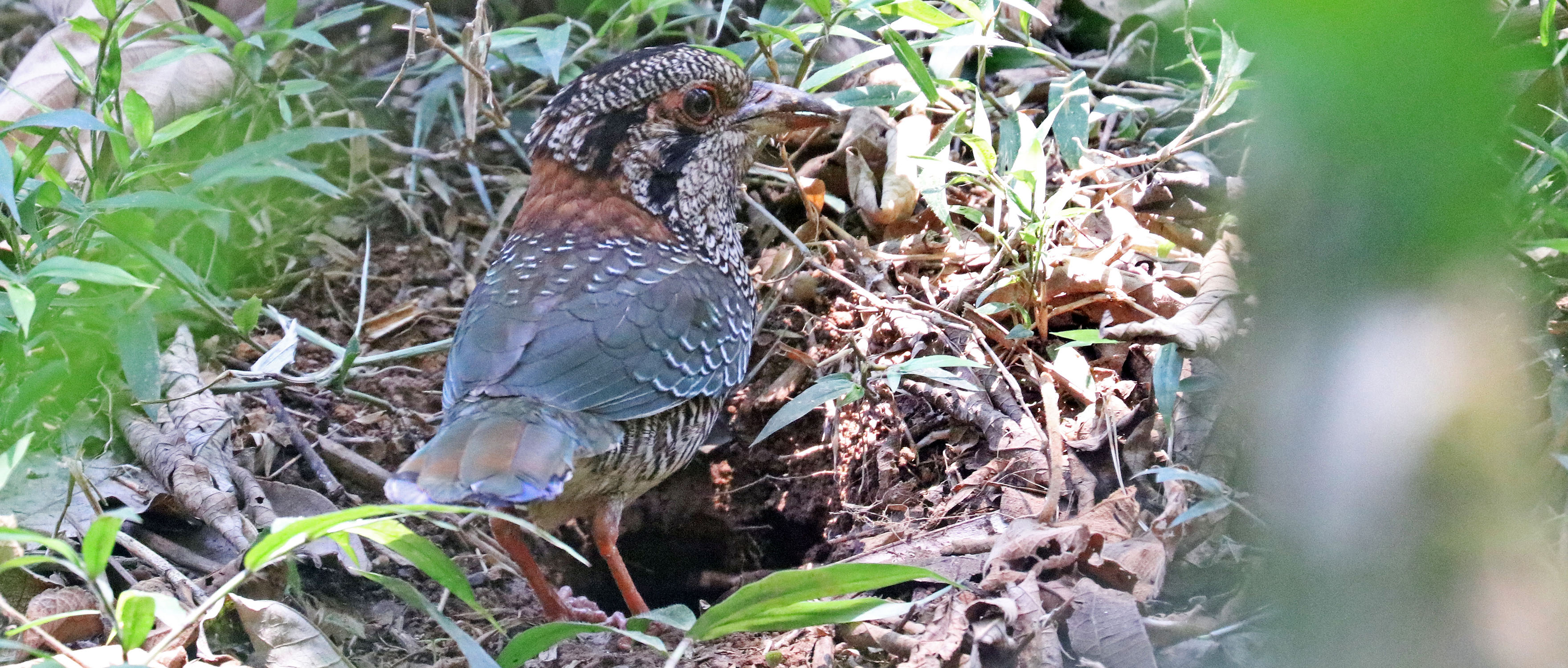 (Scaly Ground-Roller)
(Scaly Ground-Roller)Another group endemic to Madagascar are the 'Asities' of the family Philepittidae. The two genera and four species are all endemic to Madagascar. They are sexually dimorphic, with the males developing colourful heads masks around the eyes. The colour is unique in the animal kingdom, as the pigmentation is provided by collagen fibres. Although they are one of Madagascar's few fruit eating (and thus seed dispersing) birds, they also have forked tongues for nectar collection.
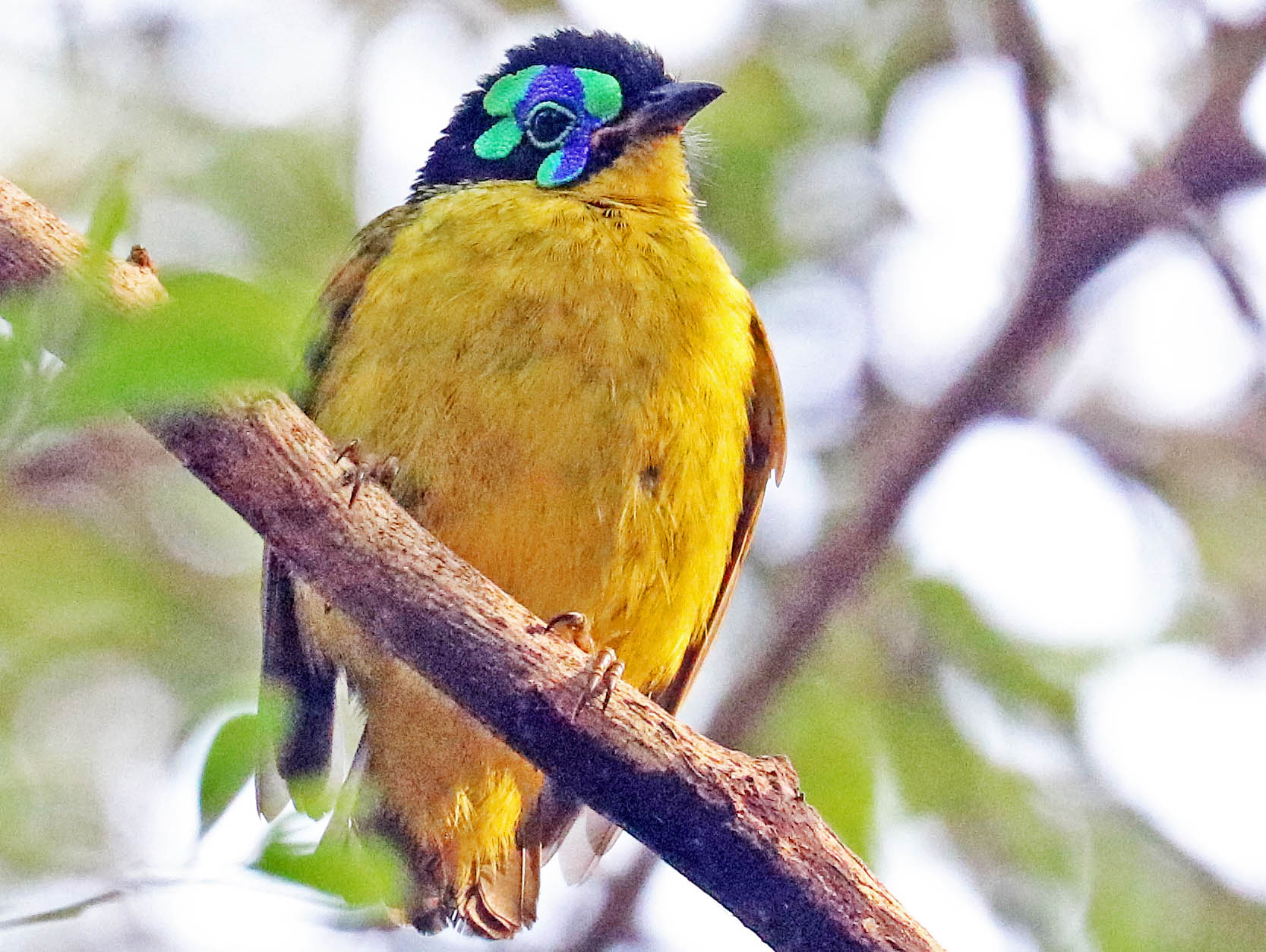
Places to experience the Madagascan rainforest
Madagascar has a number of national parks where you can explore the countries lowland rainforest, including the largest region - Masoala.
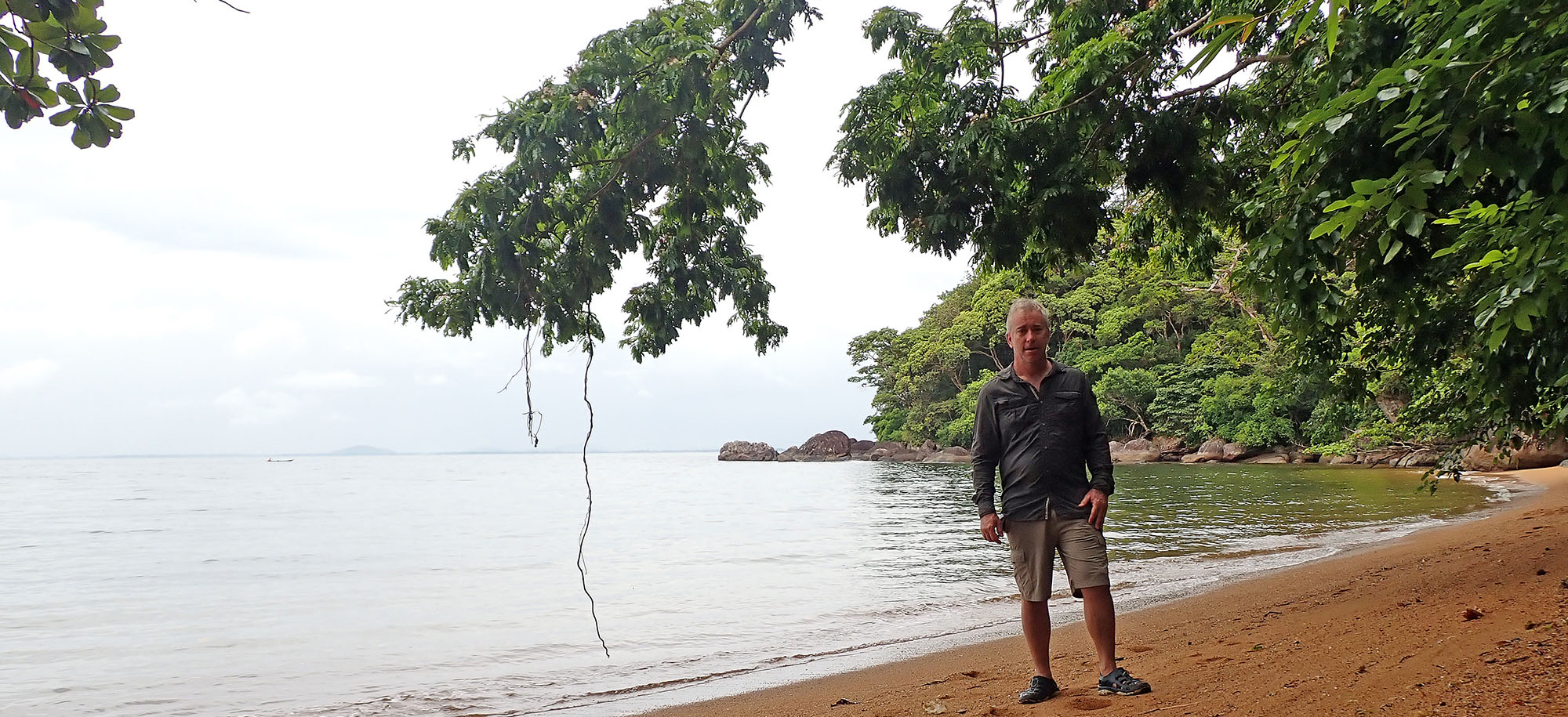
For an edited version of one of my introductory lectures that I give on expedition ships about the people of Madagascar.
